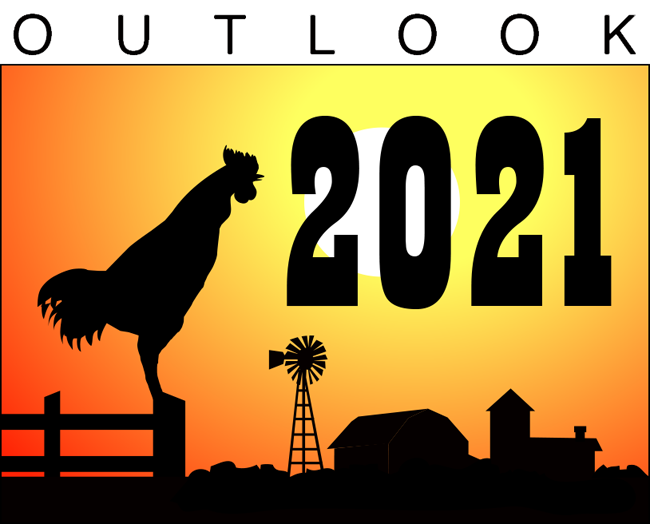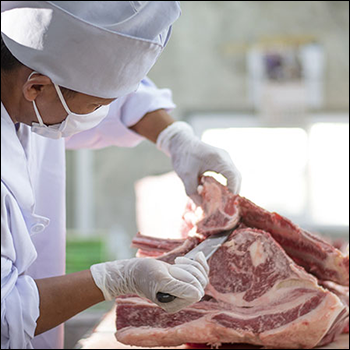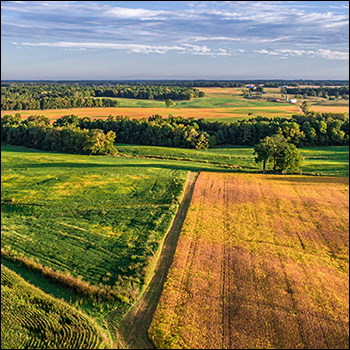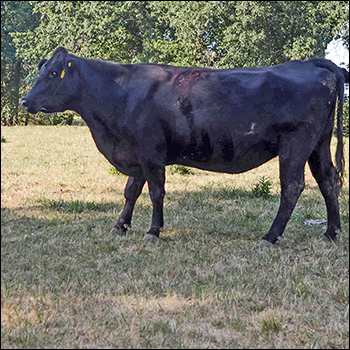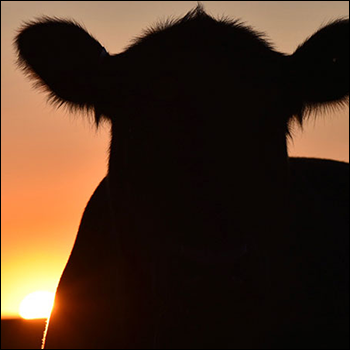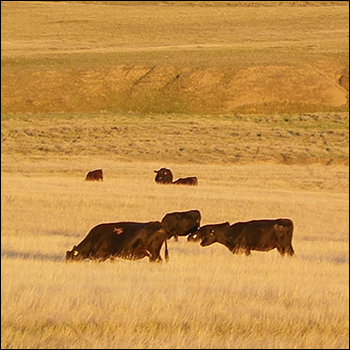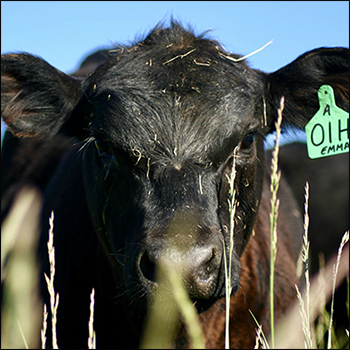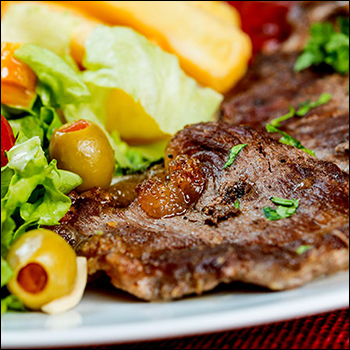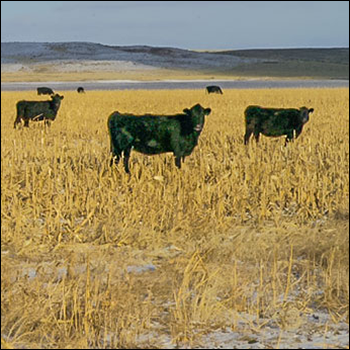
Common Ground
The most important number.
There are a lot of numbers to consider when shopping for a bull, and when you are buying a registered Angus bull, the list can get long. I used the Angus Mobile app to look up a yearling bull that sold recently. Beyond numbers associated with the pedigree, tattoos and birth date, I counted more than 75 different numbers!
The American Angus Association publishes more than 30 expected progeny differences (EPDs) and dollar value indexes ($Values) to aid in the selection of genetic traits ranging from calving ease to growth to carcass merit. EPDs are powerful tools. They help you compare genetic merit between animals of the same breed.
Each of these EPDs also includes an accuracy estimate. Simply stated, accuracy is the confidence in describing the true breeding value for a particular trait. As more data and progeny records are collected, the accuracy value goes up.
Genomic testing has been widely adopted by Angus breeders and allows for greatly improved accuracy on non-parent animals, which means you can select yearling bulls with data as if they have already had their first calf crop.
EPDs and $Values also include percentile ranks. These values indicate where an animal falls on a particular trait relative to the entire Angus population. For example, a bull with a percentile rank of 35% for his yearling weight EPD genetically ranks in the top 35% of the breed. The smaller number typically represents the most elite genetics for a trait.
Keep in mind what the trait is, and remember that being in the very top percentile for traits like yearling height or mature weight might not be what you want for your operation.
You might also encounter some extra numbers when you start reading the sale book or get the sale supplement sheets. Here you may see actual performance data like weaning weight or ultrasound scan figures. While these numbers are incredibly important, remember that they were already submitted to the Association by the breeder and are taken into consideration in the calculation of the EPDs. Using the actual data to make a selection decision may seem logical, but know that the EPDs are the most proven way to describe breeding value and genetic merit.
The most important is ...
With all of these numbers to consider, which one is the most important? I might suggest it is one that I haven’t even mentioned yet.
I think an often-overlooked number, and maybe the most important one, is the registration number. Like a VIN on your truck, the registration number can tell you an awful lot of information. Most importantly, it tells you that the animal is purebred Angus and his EPDs are built from the largest single-breed database in the business.
With a registration number in hand, you can access the full pedigree of that animal. Knowing the genetic lines on the sire and dam sides helps you avoid inbreeding that can have detrimental effects on production. Looking up the registration number on the American Angus Association website or mobile app allows you to get the most current EPDs any time you need them.
Additionally, with a registration properly transferred into your name, you are able to access other valuable programs of the Association. There are significant premiums being paid on feeder cattle enrolled in the AngusLinkSM program carrying the Angus-sired Genetics Process Verified Program (PVP) claim. That claim is only available with registered and transferred Angus bulls.
There are a lot of numbers to consider when making your next bull purchase. The priority you give those different numbers should be based on the goals and needs of your operation. Starting with a registration number gives you confidence that all the rest of the numbers will help you make the right decision for your operation.
